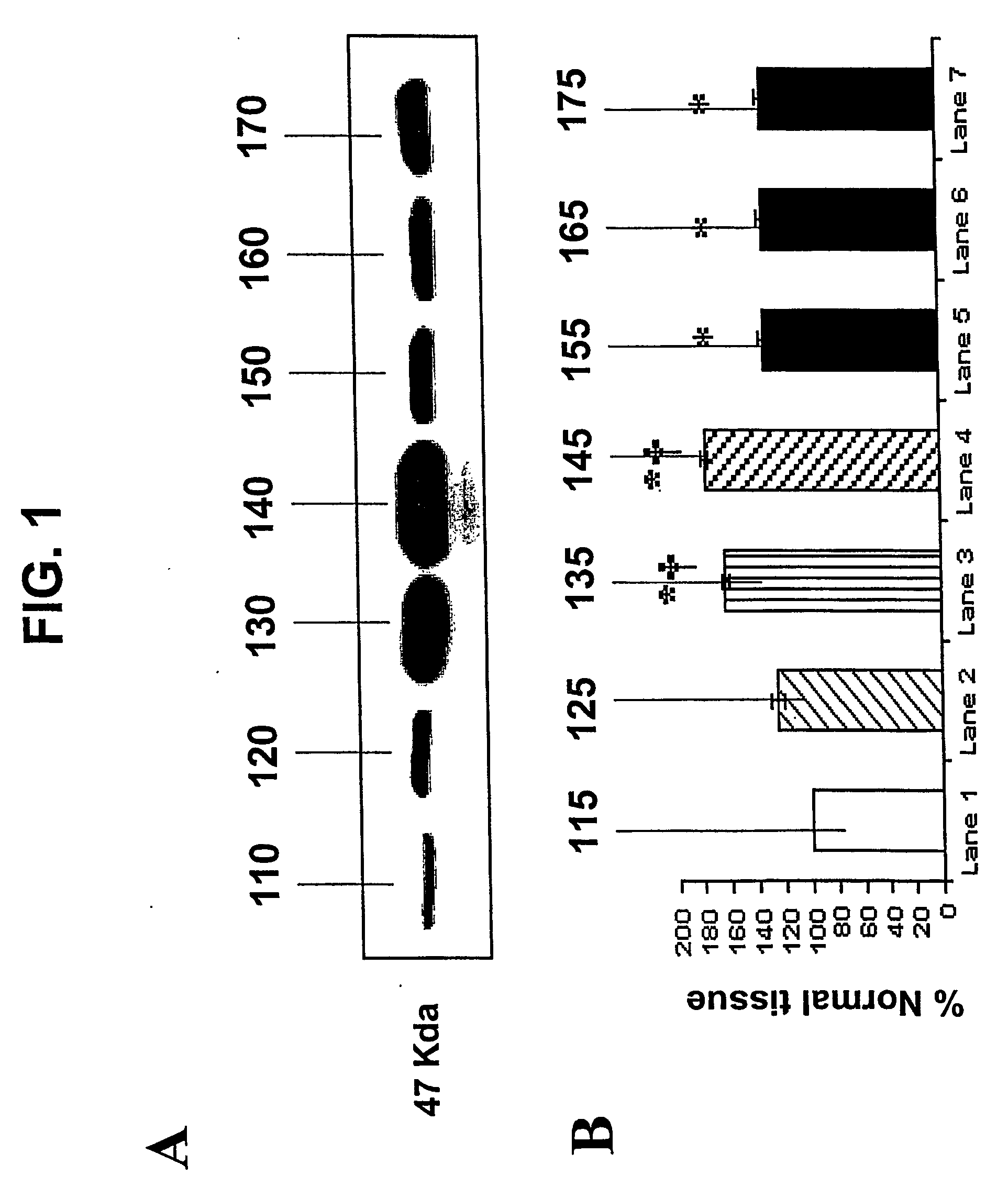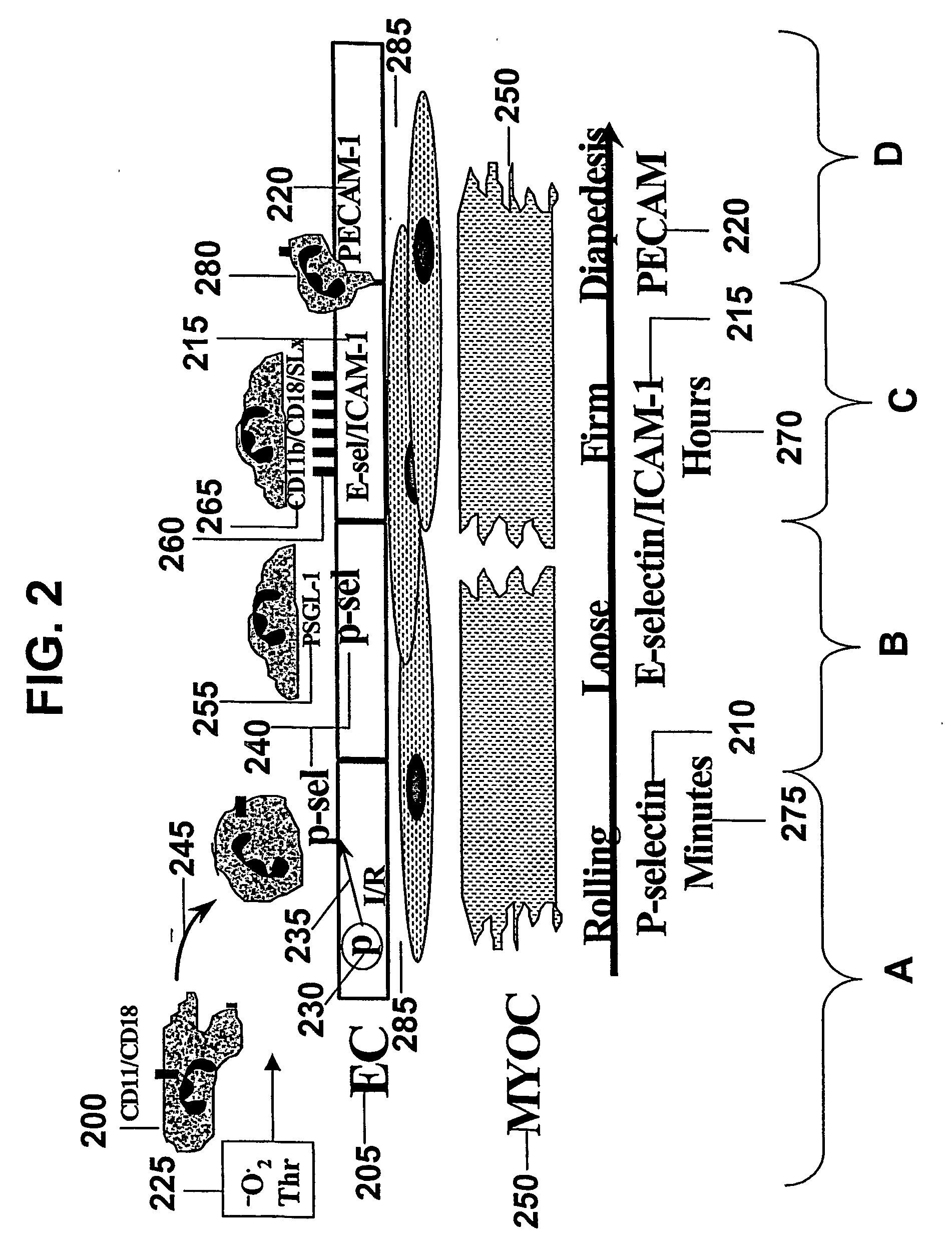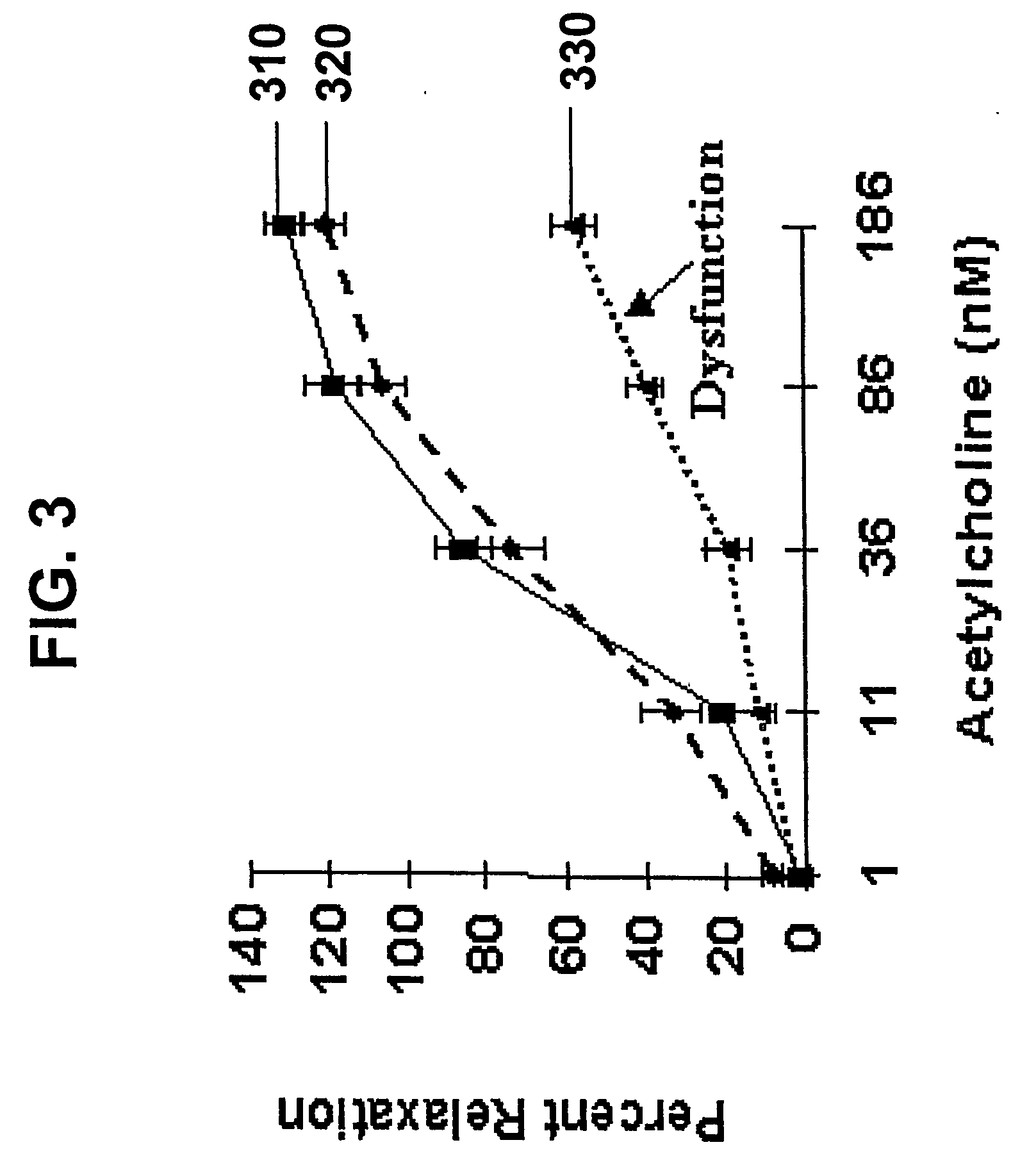Compositions and methods for use of a protease inhibitor and adenosine for preventing organ ischemia and reperfusion injury
a technology of protease inhibitor and adenosine, which is applied in the field of compositions of pharmaceutical products, can solve the problems of reperfusion injury, additional insult to the affected tissue, and exert harm, and achieve the effect of preventing organ ischemia-reperfusion and preventing organ ischemia-reperfusion
- Summary
- Abstract
- Description
- Claims
- Application Information
AI Technical Summary
Benefits of technology
Problems solved by technology
Method used
Image
Examples
example 1
Non-Surgical Ischemia-Reperfusion Injury in a Closed-Chest Porcine Model
[0083] The use of combined adenosine and aprotinin treatment in the cath-lab setting was performed in a closed-chest porcine model of regional ischemia and reperfusion. Farm-bred pigs were initially anesthetized with ketamine, xylazine, acepromazine, diazepam and atropine, followed by maintenance anesthesia with inhaled isoflurane. Through a small femoral artery cut-down, a pigtail catheter was fluoroscopically guided into the left ventricle for injection of non-radioactive microspheres to measure regional myocardial blood flow. A similar cut-down was performed on the contralateral femoral artery, through which was placed a sheath to introduce a 7-Fr guide catheter and angioplasty-type balloon catheters. The 7-Fr guide catheter was inserted into this sheath and fluoroscopically guided to the left main coronary artery. The left main coronary ostium was engaged by the catheter and a guide wire. An angioplasty-typ...
example 2
Adenosine in the Prevention of Non-Surgical Ischemia-Reperfusion Injury
[0085] Non-surgical ischemia-reperfusion injury induced in a closed chest porcine model as described in Example 1 was carried out. Delivery of adenosine during the first 30 minutes of reperfusion was confirmed by microspheres infused at about 15 minutes of reperfusion, i.e. at the mid-point of adenosine-aprotinin infusion. Experiments have been conducted in controls (n=12), ischemic preconditioning (n=2), and intracoronary adenosine treatment at reperfusion (n=4, in which adenosine was infused at approximately 10-20 μM LAD blood concentration for about 30 minutes). In controls, there was no intervention at the time of reperfusion. The ischemic preconditioning protocol was conducted to determine whether infarct size in this closed chest model could be decreased by a well-known and well-characterized treatment, before unknown treatments were tested. In this paradigm, the 75 minutes of LAD occlusion was preceded by...
example 3
Examination of Alternative Timing of Treatment: Reperfusions and Pretreatment
[0087] The basic porcine closed-chest model described in Example 1 will be used in the following studies. In these preliminary studies determining the efficacy of combined aprotinin-adenosine therapy, treatment will be given at the start of reperfusion because of the clinical relevance of this timing. Additional studies can then be performed to determine optimal timing, therapy at reperfusion only vs. pretreatment (pre-ischemic) therapy. Intravenous aprotinin can be used at this stage because it is associated with few systemic complications, in contrast to adenosine that has numerous complications and loss of efficacy when administered intravenously in this situation (i.e. off-pump). Other studies can examine intracoronary aprotinin as an alternative to intravenous aprotinin.
PUM
| Property | Measurement | Unit |
|---|---|---|
| period of time | aaaaa | aaaaa |
| pharmaceutical composition | aaaaa | aaaaa |
| time | aaaaa | aaaaa |
Abstract
Description
Claims
Application Information
 Login to View More
Login to View More - R&D
- Intellectual Property
- Life Sciences
- Materials
- Tech Scout
- Unparalleled Data Quality
- Higher Quality Content
- 60% Fewer Hallucinations
Browse by: Latest US Patents, China's latest patents, Technical Efficacy Thesaurus, Application Domain, Technology Topic, Popular Technical Reports.
© 2025 PatSnap. All rights reserved.Legal|Privacy policy|Modern Slavery Act Transparency Statement|Sitemap|About US| Contact US: help@patsnap.com



